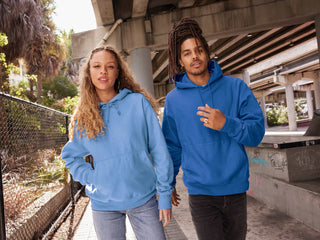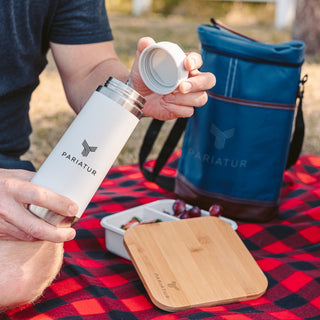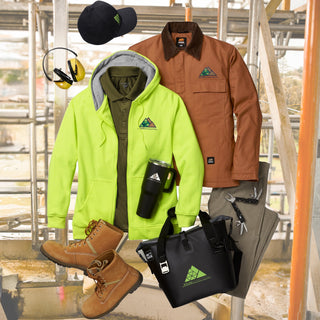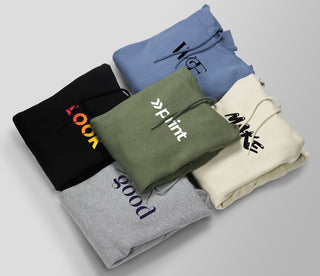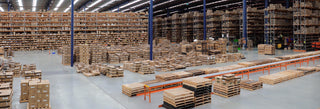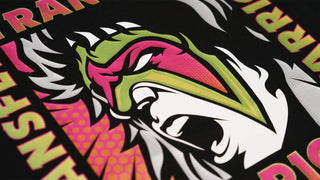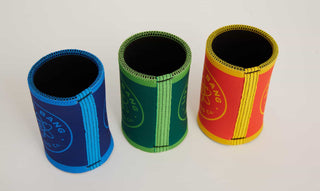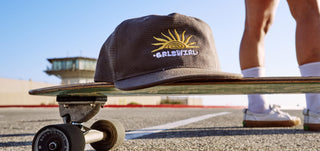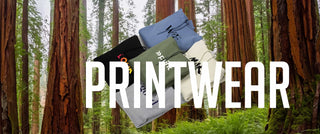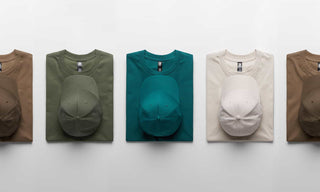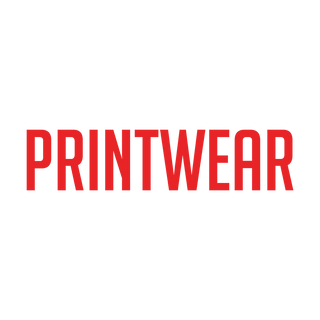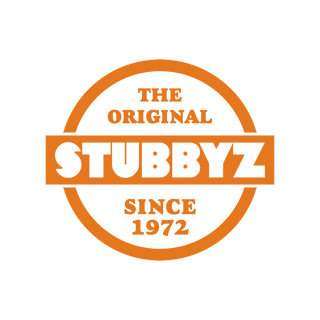What is Sustainability?
The United Nations defines Sustainable Development as how we must live today if we want a better tomorrow, by meeting present needs without compromising the chances of future generations to meet their needs.
There are three principal pillars of Sustainable Development: economic growth, social inclusion and environmental protection.
Sustainability is no longer about doing less harm. It's about doing more good. - Rick Ridgeway, environmentalist
What do they mean?
Sustainable Materials - Products made with one or more forms of sustainable, recycled or recyclable fabric or components
Responsible Mindset - Products that have a “giveback” aspect related to their sale, use or production.
Sustainable Manufacturing - Products made with sustainable practices, such as energy-efficient factories, processes or dyes.
What are Recycled and Renewable Fibers?
Recycled and renewable textile fibers are sustainable alternatives to reduce
the environmental impact of traditional textile production.
Recycled fibers are derived from post-consumer and/or post-industrial waste
such as discarded clothing, textiles or manufacturing scraps. This helps divert
waste from landfills and reduces the need for virgin materials.
Renewable fibers come from natural sources that can be regrown or
replenished within a relatively short period. These fibers often have a lower
environment impact and come from plants that are easier to cultivate sustainably.
Fibers like lyocell, hemp and bamboo are examples of renewable textile fibers.

What is rPET?
PET (Polyethylene Terephthalate) are the plastics commonly used in food and beverage packaging. PET is extremely easy to recycle. PET bottles are easy to distinguish by their “#1” recycling label and are accepted by most recycling plans.
By using recycled PET, the need to create textiles with ‘virgin’ PET is reduced. The process of sorting, washing, and flaking post-consumer PET to make rPET requires drastically less energy (75% less) than creating virgin PET plastic.
rPET fabric (Recycled Polyethylene Terephthalate) is made from verified post-consumer recycled PET material.
What is Recycled Cotton?
Recycled cotton, also called regenerated cotton or reclaimed cotton is typically made from pre-consumer manufacturing scraps leftover from garment cutting. It can also be made from post-consumer cotton products that are collected and sent
to recyling facilities.
Once at the recyling facility, the scraps are divided by shade of color and composition. Various bales of different shades and composition are created accordingly. Sorting is an important step to avoid re-dyeing of the yarn resulting in a big water savings. Sorters also remove non-recylable components like buttons and zippers. Then the materials are run through a machine that mechanically takes them back to fibers.
The recycled cotton fibers are typically blended with other fibers like polyester to create a yarn strong enough to be
woven or knit into fabric.

What is Organic Fiber?
Organic fibers are natural fibers grown without the use of synthetic pesticides (such as insecticides), or herbicides and GMOs (Genetic Modified Organisms) according to the principles of organic agriculture.
Organic agriculture is a production process that sustains the health of ecosystems, soils and people. Cotton, Hemp, and Linen are natural fibers that can
be grown organically.

Why is USA Grown Cotton Sustainable?
U.S. cotton has always been an innovator in sustainability. With new technologies, precision agriculture, and rigorous fair labor practices, U.S. cotton has led the way to a greener, kinder world for years.
U.S. cotton has also recently launched the U.S. Cotton Trust Protocol which is setting a new standard for more sustainably grown cotton. This science-based, data-driven sustainability program expands the availability of sustainable fibers by capturing quantifiable and verifiable data from sustainable cotton production, while driving continuous improvements across six key sustainability metrics.
What about Sustainable ‘non-fabric’ Materials?
Fabrics get a lot of sustainability attention but there are many material types
used in promotional products that are responsible, renewable and recycled.
Some examples are recycled plastic, paper and stainless steel.
Quick growing natural materials like cork and bamboo are also considered
in designing sustainable products. There are even leather-like materials
made from recycled coffee waste.
How can Upcycling & Waste Reducing Design be Sustainable?
Upcycling repurposed materials and and designing products to replace single use items play a crucial role in reducing single-use plastics and promoting sustainability.
Products are designed to be durable and long-lasting, encouraging repeated use.
This not only reduces the need for constant replacements but also minimizes the
overall waste generated over time.

Upcycled products often utilize materials that would otherwise end up in landfills. This reduces the demand for new raw materials and decreases the environmental impact associated with extracting, processing, and manufacturing new materials.

Repurposed materials are often chosen for their durability and resilience.
Products made from these materials tend to have a longer lifespan than
single-use plastics, contributing to reduced waste generation.
Designers focus on creating innovative products that use repurposed materials in unique ways. This creativity leads to functional and beautiful products that customers like and use repeatedly.

What are Carbon Offsets?
Carbon offset programs allow individuals and companies to invest in environmental projects around the world in order to balance out their own carbon footprints. The projects are usually based in developing countries and most commonly are designed to reduce future emissions. This might involve rolling out clean energy technologies or other programs that work by soaking up CO2 directly from the air through the planting of trees.

GreenStory | https://www.greenstory.io/
Green Story is a sustainability platform that enables brands to accurately measure and communicate the environmental impact of their products and offset their carbon footprint.
Why is Give Back Sustainable?
Through giveback programs, companies commit to donating a percentage of their profits, products, or services to charitable organizations or community projects. Companies choose to support causes that align their social sustainability efforts with their values and the interests of their employees and customers.
Code Five / LAT Apparel - LAT Apparel also believes in the importance of giving back to the communities in which we work and live. Since 2007, LAT has been a proud supporter of Fisher House® and Children of Fallen Soldiers Relief Fund, Inc. Through donations funded by 2% sales of our CODE FIVE brand. Both charities serve a vital role in supporting service members and their families.
Can Manufacturing be Sustainable?
Hanesbrands believes that it’s their responsibility to drive the kind of behavior and actions that will protect the place we all call home. For them, sustainability encompasses products, the planet, and people. Barron’s named HBI as one of the 100 most sustainable companies in the nation for the second year. They earned an A score in the CDP 2020 Climate Change Report.

HBI is also the only apparel company in history to earn the U.S. Environmental Protection Agency Energy Star Sustained Excellence Award. From their EcoSmart® products, which have turned hundreds of millions of plastic bottles into groundbreaking new fabrics, to their use of sustainable U.S. grown cotton in the iconic Beefy-T and Perfect-T assortments, Hanes is committed to products that are good for you and good for the planet.
Sustainable Fashion: Making a Difference with Printwear
Sustainability is about meeting our present needs without compromising the future. Printwear offers a variety of sustainable options to help you make a difference.
Printwear is your one-stop shop for creating custom apparel and promotional products using sustainable practices. Browse their wide selection and bring your ideas to life, responsibly.
About Printwear
Printwear.io is your one-stop shop for turning ideas into impressive realities on anything from apparel and drinkware to bags and notebooks. Printwear uses cutting-edge decoration methods to make your designs pop, offering a variety of services including:
- Custom Apparel: Create branded t-shirts, hoodies, hats, and more.
- Promotional Products: From bags and blankets to pens and notebooks, Printwear.io helps you promote your brand or create personalized gifts.
- Design Services: Need help with your design? Printwear.io's team can guide you.


